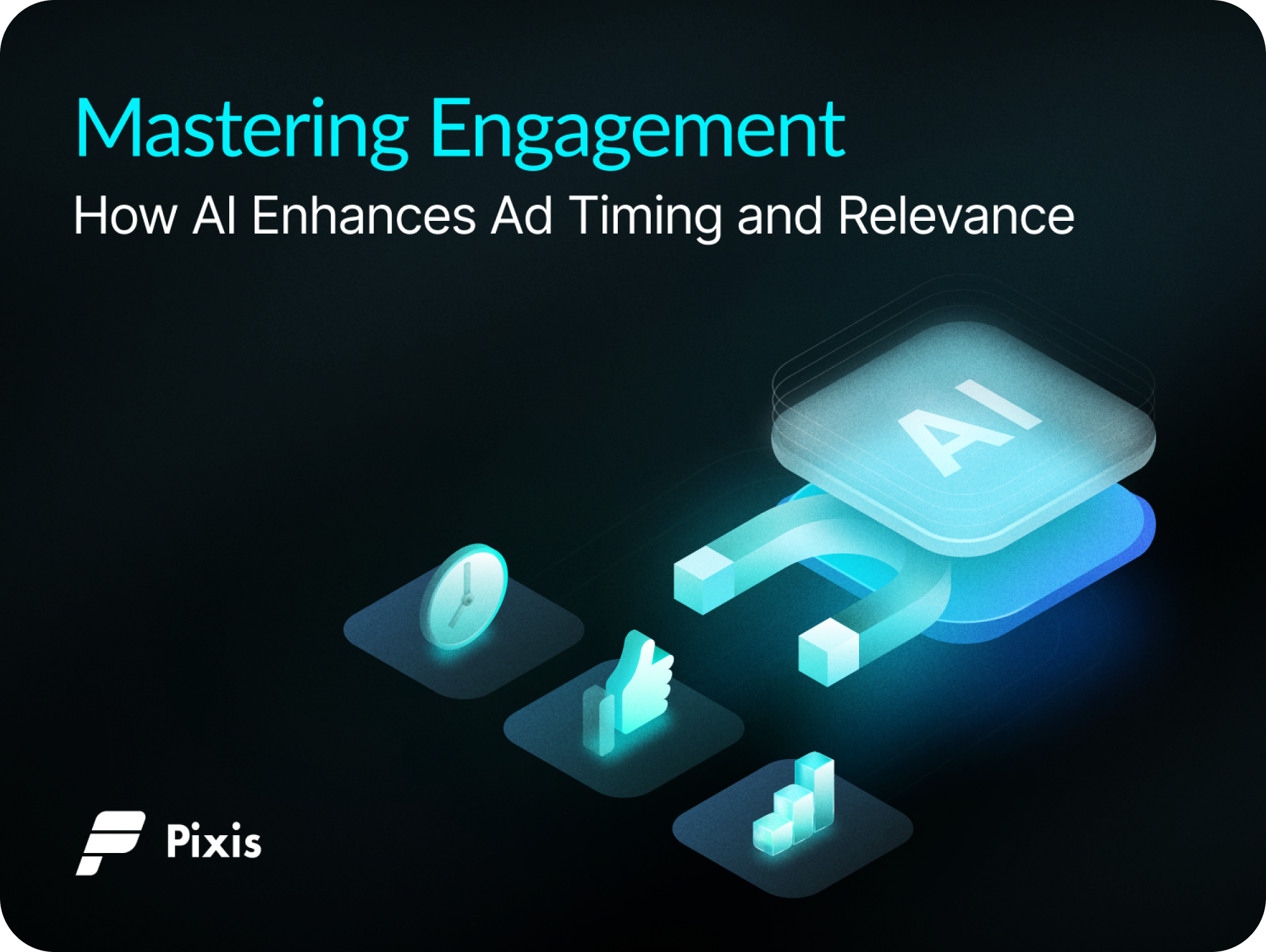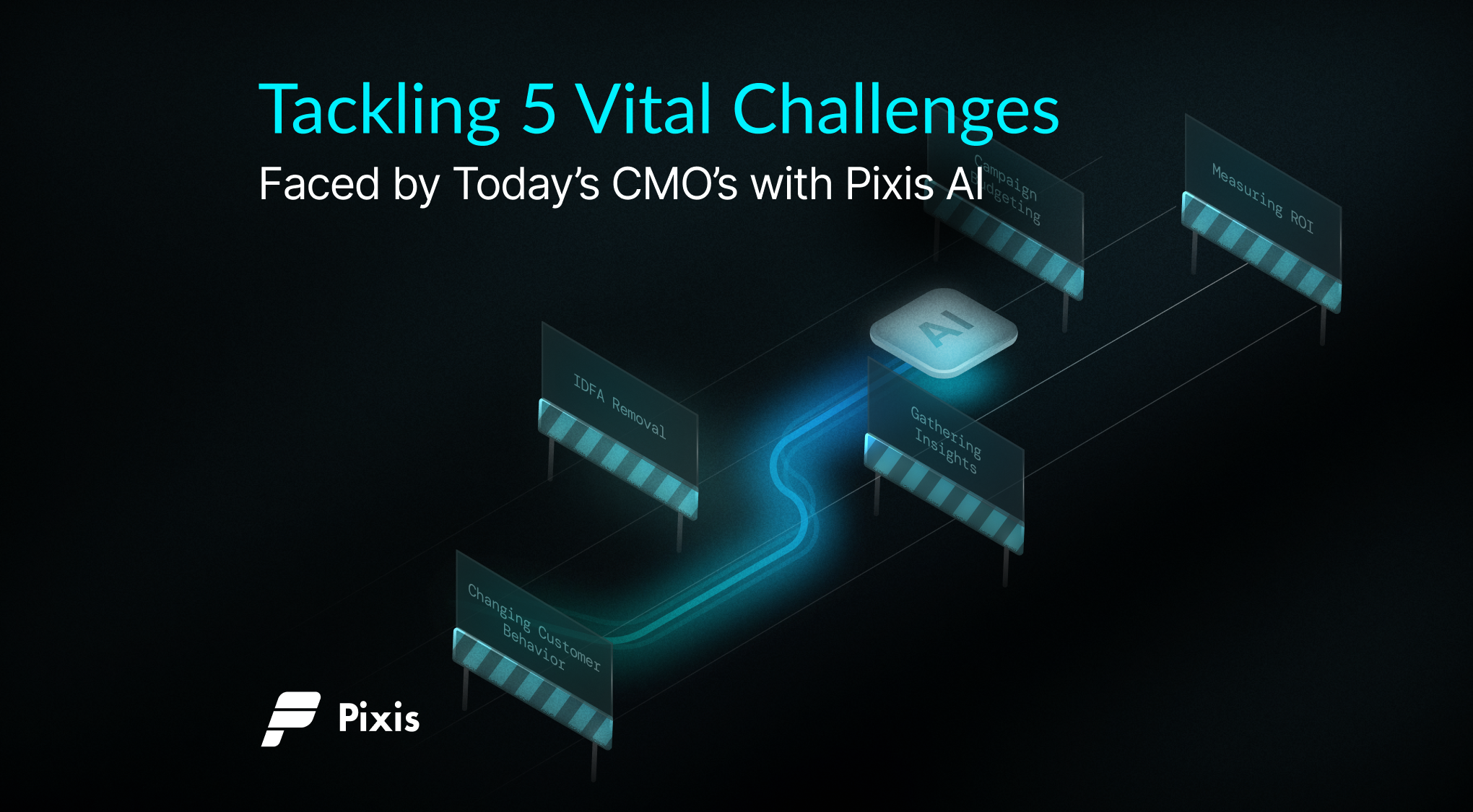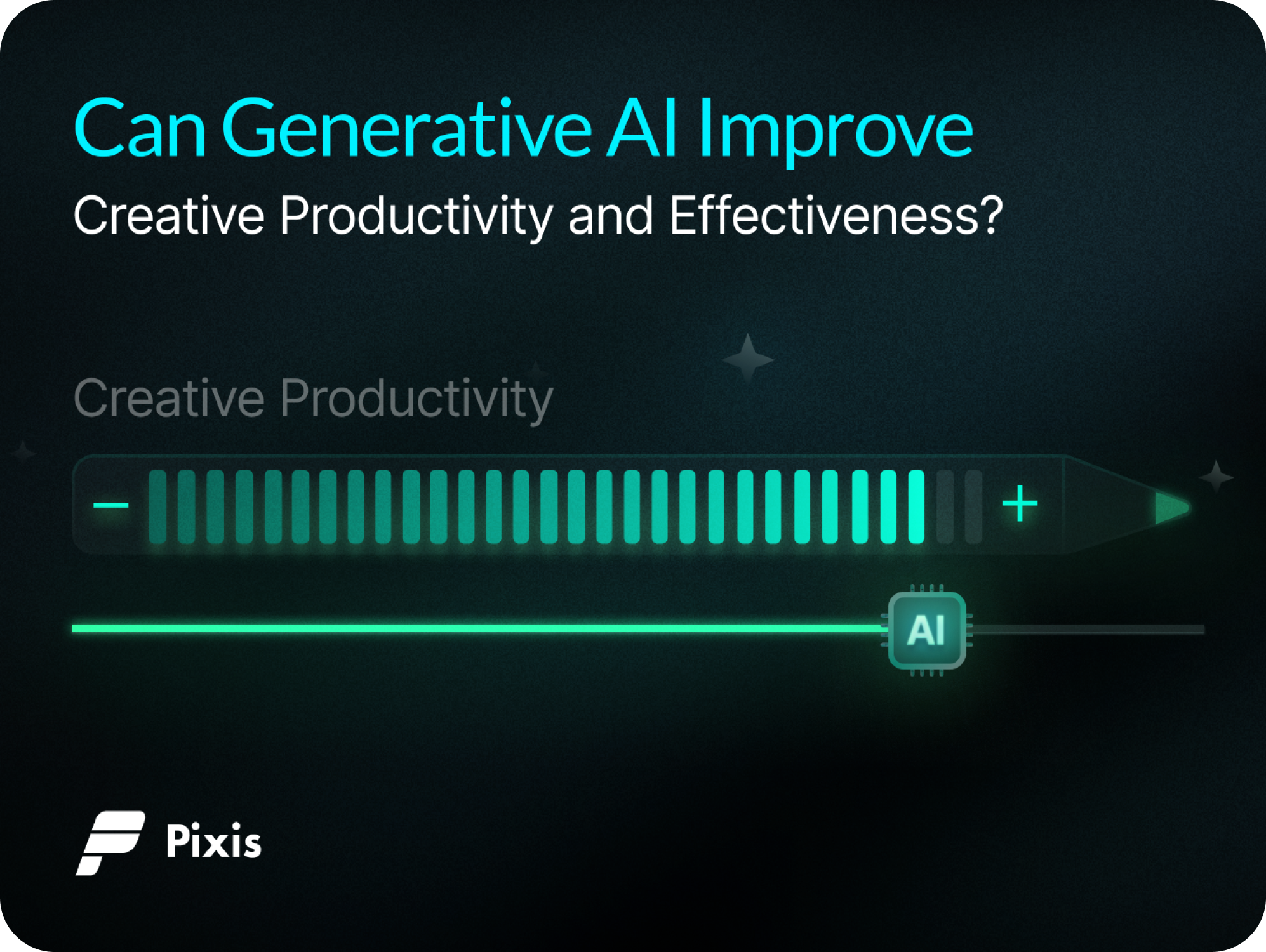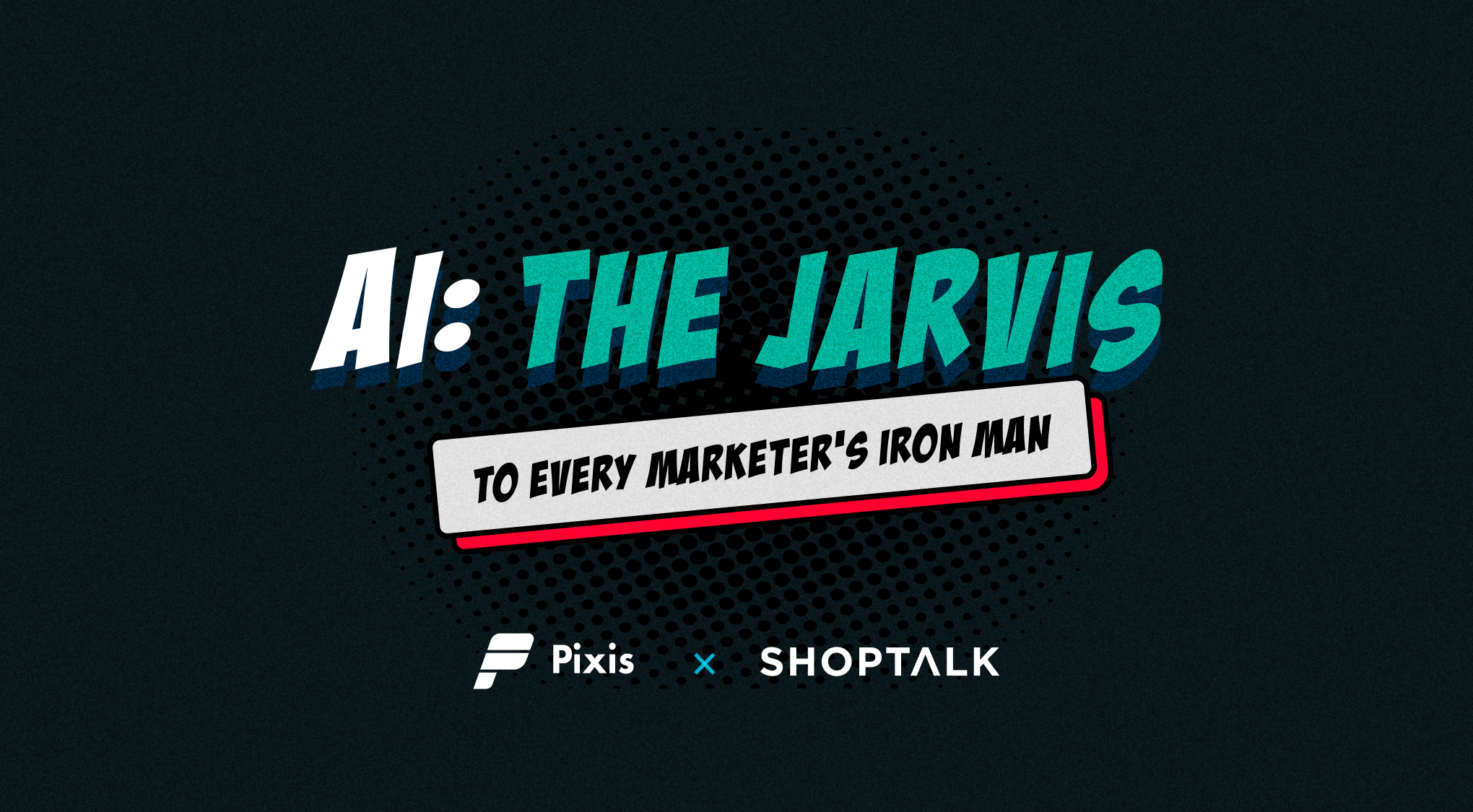Lowering Customer Acquisition Costs in Retail Marketing
According to a report from CommerceNext, digital-first retailers cite the rising cost of customer acquisition as one of the biggest threats to their profitability goals.
This concern comes at a time when paid advertising, a critical channel for many retailers, has been underperforming. In fact, 75% of survey respondents reported declining KPIs in paid social since the latest iOS 14/15 updates.
As a result, retail marketers are understandably anxious about taming the beast of customer acquisition cost, and soon!
Rising Cost of Customer Acquisition in Retail
The online retail industry has grown exponentially in recent years (more so in the pandemic) and attracted a larger customer base. However, with the industry now bustling with competition, acquiring new customers has become a daunting task, with retailers vying for attention on digital platforms, trying to outdo each other with attractive offers, discounts, and promotions.
In the early days of online shopping, retailers could easily attract new customers without breaking the bank. Their average CAC was close to $9, in comparison to $29 today (2022), which amounts to a whopping rise of 222%.
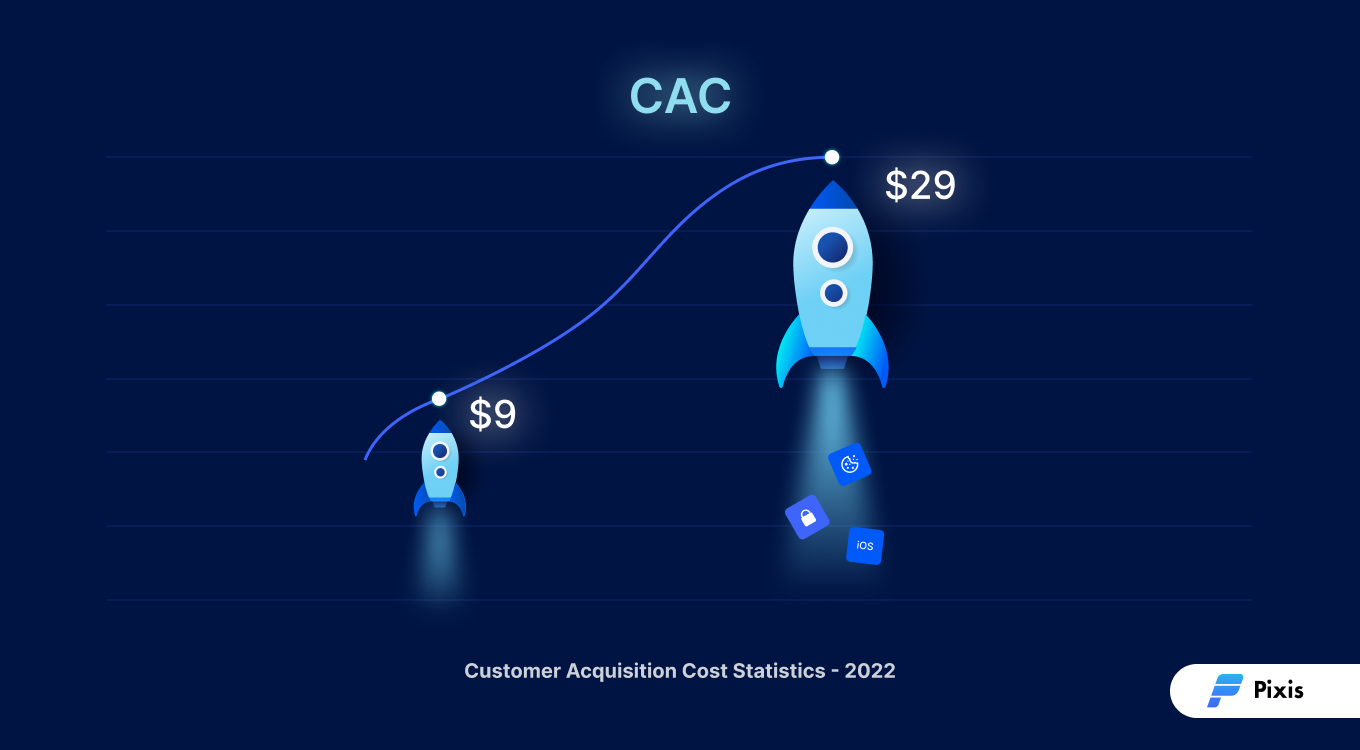
Moreover, the continued tightening of privacy laws, iOS updates, and the impending demise of third-party tracking cookies has created additional hurdles for retail marketers, making it difficult to track and target potential customers – again shooting CAC!
This has led to a renewed focus on finding innovative strategies and technologies to reduce the cost of acquiring new customers to sustain their bottom line.
But, before we explore potential solutions, let’s first take a quick look at the key contributing factors to high customer acquisition cost (CAC).
2 Major Reasons for this Rising CAC
Advertising on overly crowded, competitive, and overpriced digital platforms
The surge in customer acquisition costs (CAC) experienced by retail and other industries can be largely attributed to the supply and demand challenges faced by paid media. As an increasing number of marketers are turning to digital advertising, the available ad inventory is becoming limited, leading to intense competition for placement. One such example is TikTok. In the last year alone, TikTok’s CPM has reportedly increased by a whopping 185%. However, despite the high cost, the potential to access a vast audience pool is too significant for a marketer to ignore. A strong solution to this problem is effective cross-platform marketing.
Inefficiencies of existing cross-platform performance marketing
Existing systems for cross-platform performance marketing can be inefficient due to a lack of cross-platform performance visibility, standardization in measuring performance, limited attribution models, fragmented data, siloed teams, and limited optimization capabilities. In simple words, it is difficult to manually synchronize cross-platform performance marketing to ensure maximum customer acquisition at minimum costs. For example, a survey by Forrester Consulting found that only 14% of marketers are able to effectively measure and optimize their campaigns across multiple channels. The report also highlighted the challenge of integrating data across different platforms, with 44% of marketers saying that fragmented data is a major challenge. These inefficiencies can make it difficult to optimize campaigns across platforms, track user behavior, and achieve the best possible performance. Addressing these inefficiencies requires a more integrated and standardized approach to cross-platform marketing, with a focus on data-driven decision-making and optimization.
Hence, the rising CAC!
But, there is more to this.
Even if you have made peace with the high CPM or CAC, there is no guarantee that customers will pay attention.
With so much competition, grabbing your customer’s attention at the moment is similar to trying to get the attention of a single bartender among a swarm of hundreds of other patrons; it might never happen!
Now that we are through lamenting the issue and the cause, let’s explore solutions that can help minimize their customer acquisition costs while minimizing costs and risks.
AI Infrastructure for Retail Marketing
Untangling the complicated web of the saturated marketplace, customers’ lack of attention, and increasing privacy legislation has become increasingly complex over the years.
But, AI can definitely help.
Reduce budget wastage with AI-led Customer Targeting
Unless your product is water, a need for the general population, exposing your ads to the rightfully identified cohorts is key in maximizing returns from them.
AI-led targeting consistently improves in identifying, expanding, and converting your target audience across all platforms over time. This leads to higher targeting accuracy and allows you to explore new marketing opportunities.
Get your customer’s attention using AI-led Personalization (even without cookies!)
Hubspot reports that more than 60% of marketers gauge the efficacy of their content marketing strategy by its impact on sales, a metric that exhibits a direct association with customer acquisition.
Utilizing AI to lead ad personalization enables persona-based creative recommendation across platforms to enhance engagement and conversion. Through continuous feedback and monitoring CTR exhaustion, AI makes automated decisions on communication contexts for different audience cohorts.
AI-powered cross-platform marketing
Trying to stay ahead of the competition without AI in today’s overly competitive e-commerce space is like trying to catch a greased pig – nearly impossible and sure to end in frustration. Even the current omnichannel optimization tools are instilling a lack of confidence in marketers to scale operations efficiently.
With Pixis AI, a codeless AI infrastructure for marketing and demand generation optimization, optimizing your CAC would be fast, easy, and scalable.
